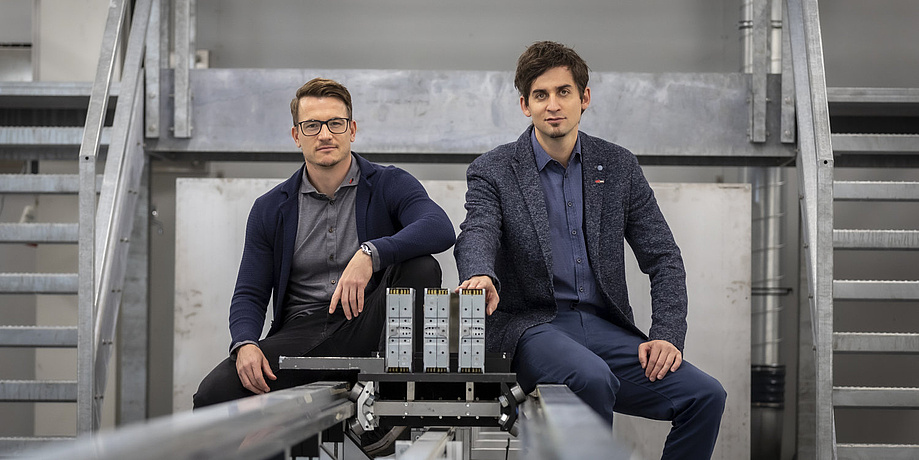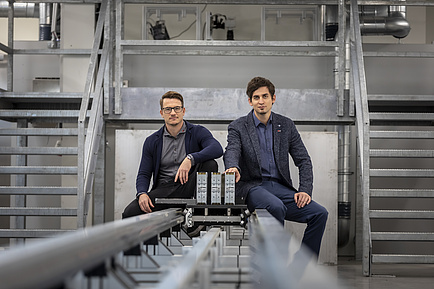In 2030, around 1.2 million lithium-ion batteries of electric cars, buses and construction machinery will be decommissioned worldwide because they will reach the end of their planned service life, their warranty will expire or the entire vehicles will be scrapped. In 2040, around 14 million discarded batteries are expected to be discarded. Recycling the materials makes sense, but is expensive and technically demanding. It would therefore be better and more sustainable to re-use the batteries, for example as stationary electricity storage units. But this requires a sound assessment of their remaining performance capability and safety. Researchers at the Vehicle Safety Institute at Graz University of Technology (TU Graz) have now established the first parameters that can be used to reliably assess the condition of discarded batteries.
13 indicators characterise the ageing process
So far, the reduced charging capacity and an increase in internal resistance have served as an indication of the condition of a used battery. However, this is not sufficient for a decision on a possible second-life use. For this reason the researchers analysed lithium-ion cells that had been used in vehicles under real conditions and identical new ones in the laboratory. During repeated charging and discharging cycles, they recorded 31 different parameters and then checked how well they represented the ageing condition of the batteries. 13 of these indicators turned out to be meaningful – these include, for example, the charging and discharging capacity, the temperature difference between the poles during the charging process and the relaxation behaviour of the battery cell after the charging process.
“Using these indicators, we can draw conclusions about the ageing status of lithium-ion batteries and draw initial conclusions about different usage profiles without having to rely on data that is sensitive in terms of data protection like the usage history of the batteries,” says Jörg Moser, head of the Battery Safety Centre Graz at the Vehicle Safety Institute at TU Graz. “On this basis, we can decide whether a battery is, in principle, suitable for further use in a particular area of application.”
Safety assessment as the next step
However, the safety status of the batteries still needs to be assessed to ensure low-risk re-use. In the course of their first life, chemical changes occur in the materials, which can affect their safe use. “It is crucial to understand battery cells and the processes, reactions and changes that take place in them in detail in order to be able to determine their safety behaviour,” says Christian Ellersdorfer. He heads the COMET project SafeLIB at the Vehicle Safety Institute, in which a consortium of research institutions and automotive and technology companies is working on the safety-related assessment of new and used lithium-ion batteries. Initial results are expected by the end of the year.
It is likely to be several years before batteries are reused on a broad basis in subsequent applications, making electromobility even more sustainable over its entire life cycle. After all, new storage materials, the safety of different battery technologies, the economic viability of second-life applications and legal issues relating to data protection, warranties and liability must also be taken into consideration. “This results in an interdisciplinary field of research that we want to work on at TU Graz together with national and international partners in further research projects,” says Christian Ellersdorfer.
This research area is anchored in the Field of Expertise “Advanced Materials Science“, one of five strategic foci of TU Graz.
Would you like to receive the latest stories, news, research stories, interviews or blog posts from TU Graz directly on your smartphone or in your email inbox? Subscribe to the TU Graz Telegram newsletter free of charge.


